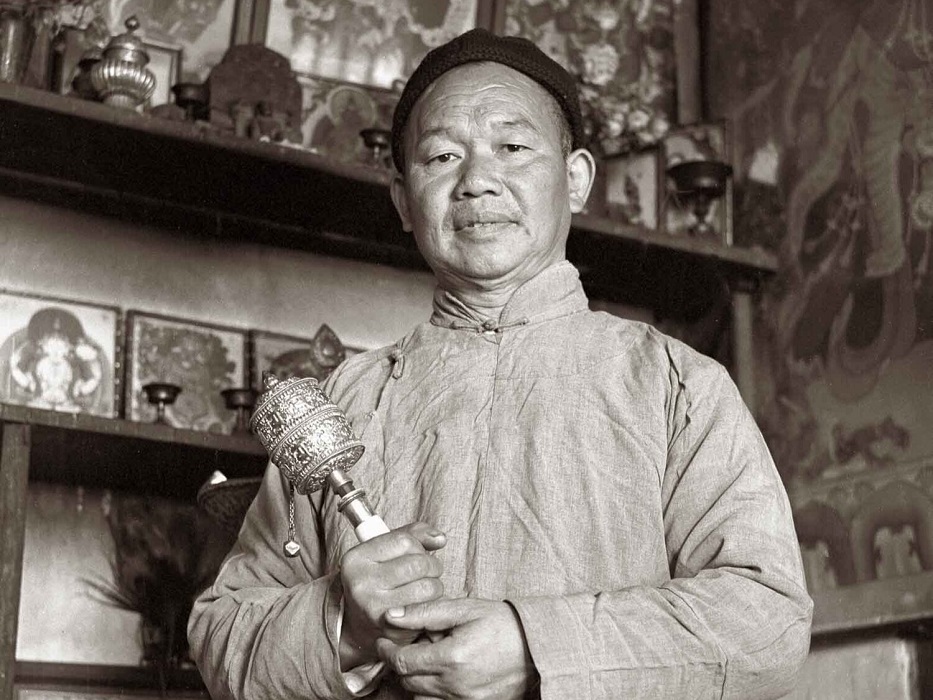For Bob Ochs, who told me this story
With some American devotees
Yogi Chen
Went shopping in Chinatown
For the Dragon King
Who lives off Timber Cove
In the Pacific Ocean.
Yesterday Chen bought two bags
Of Industrial scrap diamond chips
And cheap bead necklaces, all colors,
From the Woolworth Dime Store.
Today
Master Chen and the devotees go to a Chinese grocery
To look for red sea horses — need one or two per month
He says he wants a male fish with a long snout
A female who carries babies
Penis and vagina
The Yogi said
“Full Moon coming, love and good fortune,
Ghosts and demons love you.”
Next, the Chinese pharmacy
Basket by the door, dead beetles
Bulging-eyed
Chen scoops up a handful
Gives to the clerk who crushes them with a pestle.
The clerk knows all mysteries
Pours the contents out of the bowl, wraps in paper.
An American lady asks for antelope horn
She said she has a cold
Chen offers
Dristan tablet.
Yogi Chen and devotees go to lunch
Hunan Restaurant on Kearny
Chen is from Hunan, near Szechwan
He was a classmate of Chairman Mao.
As a Buddhist scholar, he fled the Communists
As a hermit in India, he meditated alone in a house for 15 years
Till he dreamt of the Big Sacrifice in California
On the Dragon's belly.
He came to the U.S., uses geomancy.
On the Dragon’s mountain spine that curls from Puget Sound to Baja California
He finds its belly button on three green hills
In Sonoma County
He buys the land
And prepares
Big sacrifices.
Hunan waitress takes their order,
Rice and vegetables
Chen turns up his smiling face
Flirts with the waitress
Tells devotees the next sacrifice
For Love Goddess
Will be in February
For the sacrifice, he’ll need fire
From a brothel.
Devotees giggle.
Sorry, not a laughing matter.
Afternoon
Yogi Chen said Now we need goldfish
So we won’t have another war.
Devotees pile into the Volkswagen and
Go to Lucky Dog Pet Shop.
600 goldfish cost nearly a 1000 dollars.
600 goldfish in 10 plastic bags of water
600 goldfish in the car’s back seat.
Chen directs now we must drive to Walnut Creek
Devotees drive and drive.
Eventually find Walnut Creek
running behind chain fence.
Devotees ask, “How do we get to creek?”
Chen points to a hole in fence.
The car stops. Doors open.
Devotees carry bags of goldfish through
fence hole,
climb downhill to creek.
Yogi Chen comes with bells and skull drum
Motion devotees gather round.
Chen prays that Kissinger brings peace
Rings bells, beats the skull drum
Dumps $1000 worth of goldfish
in creek
Keeps one big bag
Scrap diamonds.
That’s for the Dragon King.
“May our sacrifices find their Way
To the Big Sea Dragon.”


